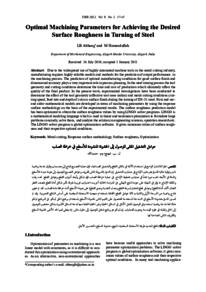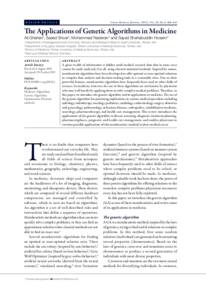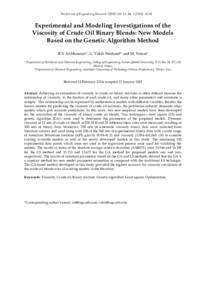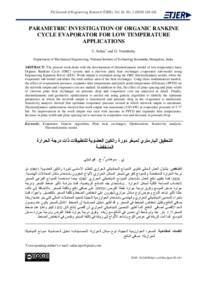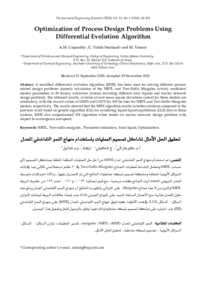وثيقة
Optimal machining parameters for achieving the desired surface roughness in turning of steel.
المساهمون
Hameedullah, M., مؤلف
الناشر
Sultan Qaboos University
ميلادي
2012
اللغة
الأنجليزية
الملخص الإنجليزي
Due to the widespread use of highly automated machine tools in the metal cutting industry, manufacturing requires highly reliable models and methods for the prediction of output performance in the machining process. The prediction of optimal manufacturing conditions for good surface finish and dimensional accuracy plays a very important role in process planning. In the steel turning process the tool geometry and cutting conditions determine the time and cost of production which ultimately affect the quality of the final product. In the present work, experimental investigations have been conducted to determine the effect of the tool geometry (effective tool nose radius) and metal cutting conditions (cutting speed, feed rate and depth of cut) on surface finish during the turning of EN-31 steel. First and second order mathematical models are developed in terms of machining parameters by using the response surface methodology on the basis of the experimental results. The surface roughness prediction model has been optimized to obtain the surface roughness values by using LINGO solver programs. LINGO is a mathematical modeling language which is used in linear and nonlinear optimization to formulate large problems concisely, solve them, and analyze the solution in engineering sciences, operation research etc. The LINGO solver program is global optimization software. It gives minimum values of surface roughness and their respective optimal conditions.
المجموعة
ISSN
1726-6742
URL المصدر
zcustom_txt_2
Abhang, L. B., & Hameedullah, M. (2012). Optimal machining parameters for achieving the desired surface roughness in turning of steel. The Journal of Engineering Research, 9 (1), 37-45.
الملخص العربي
نظرا للانتشار الواسع في استخدام الأتمتة في مكائن القطع والتشغيل الصناعية، فإن عملية التصنيع تحتاج إلى مجسمات وطرق نمذجة رياضية ذات وثوقية عالية للتنبؤ بمخرجات الإنتاج في عمليات التشغيل. إن التنبؤ بالشروط المثلى لظروف وعوامل التصنيع للوصول إلى نعومة جيدة للأسطح والدقة في الأبعاد تلعب دورا هاما في عمليات تخطيط الإنتاج. في عملية خراطة الصلب فإن شكل وأبعاد أدوات القطع وعوامل القطع تحدد وقت وتكلفة الإنتاج مما يؤثر في النهاية على جودة المنتج النهائي. في الدراسة الحالية أجريت اختبارات تجريبية لمعرفة تأثير شكل أداة القطع (نصف القطر الفعال لأنف أداة القطع) وعوامل قطع المعادن (سرعة القطع ومعدل التغذية وعمق القطع) على نعومة الأسطح أثناء خراطة مادة الصلب. لقد تم تطوير نماذج رياضية من الدرجة الأولى والثانية بدلالة عوامل القطع المختلفة باستخدام منهجية الاستجابة السطحية على أساس النتائج التجريبية. وقد تم تحسين التنبؤ بخشونة الأسطح في النمذجة المستخدمة للحصول على القيم المثلى لخشونة الأسطح باستخدام برنامج الحل لينكو. في البرنامج لينكو هناك لغة نمذجة رياضية تستخدم في الوصول للحل الأمثل في المسائل الخطية وغير الخطية الغاية منها نمذجة المسائل الكبيرة بشكل مختصر، للوصول إلى الحل وتحليله في علوم الهندسة وبحوث العمليات. إن لينكو هو برنامج شامل للوصول إلى حلول مثلى. إنه يعطي قيم الحد الأدنى لخشونة السطح والظروف المثلى المصاحبة لها.
قالب العنصر
مقالات الدوريات

